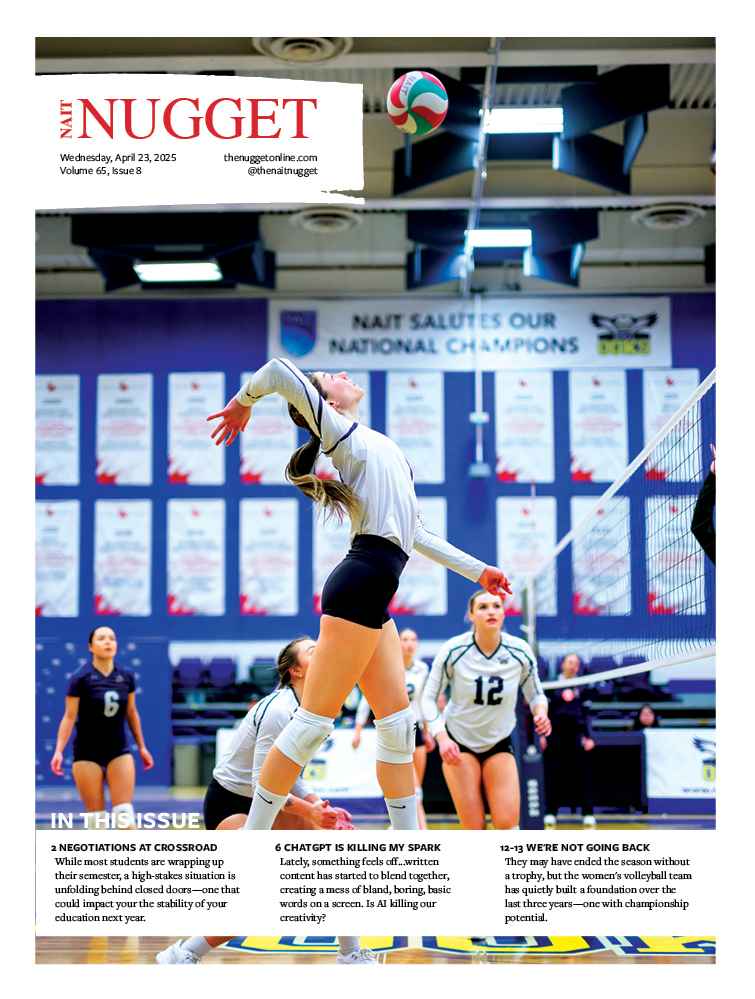Whether you grew up with genres like fantasy and science-fiction or you’re just getting into them, chances are you’ve imagined creating a world of your own. While it can seem daunting at first, world-building is rewarding and fun if you work at it.
Why world-building?
World-building is creative and can be an individual or group activity. Tabletop roleplaying games, like Dungeons & Dragons, are the most common form of collaborative world-building today. Even if the dungeon master sets up a world and creates the story, the players often get a chance to contribute too.
It can also be a fun way to escape the real world. We all practice escapism in some way. Some of us rewatch our favourite Netflix series for the 3rd time (Breaking Bad for me), while others take to building entire worlds for fun.
Here are some tips for beginning world-builders to help start your journey.
Know the genre
Before building your world, consider what genre you want to write. You don’t have to stick to it, but deciding what genre your world fits into can help determine what to include.
For instance, if you’re writing fantasy, you’ll probably have mythical creatures in your world. Even if it’s urban fantasy, you’ll likely include some form of magic, like superpowers. While fantasy takes inspiration from the imagination, other world-building genres, such as historical fiction, require a lot of research.
World-building in historical fiction?
Even if you’re writing about the real world, you need to build the community that your characters live in.
What sort of people live in that community? Who rules over the land? The smaller the setting, the more essential the tiny details are. Specifically in historical fiction, it’s important to think about how the world works.
Don’t get lost in the details
Not everybody needs to write entire books of lore for their worlds. It’s often better to leave some lore up to audience interpretation. This is especially important if you plan to sell something that takes place in your world. Try to leave a few gaps so readers can fill them in and enjoy a more personal experience.
If you want to write an entire lore book for your world, go for it. But for beginner world-builders, try to get the important details down first and work from there.
Take inspiration from everywhere
To quote Dungeons & Dragons streamer Mark Hulmes, “If you think something’s cool, take it and bring it into your setting.” There’s nothing wrong with using tropes and concepts from media you like. Just remember that there’s a fine line between inspiration and plagiarism.
If you do the proper research first, you can take inspiration from mythology and real-world cultures. Part of this research involves getting somebody from that culture to look over your work and provide feedback.
Have fun!
This seems like the most simple tip of the bunch, but you should enjoy world-building to do it well. If you don’t like crafting different cultures or landmarks, the world might end up feeling like it was arbitrarily created. That isn’t to say you can’t be a good writer without good world-building, but passion can really help bring your writing to life.
A cool tool to help you
I’d like to bring up a tool I use called World Anvil. This website was created to help world-builders organize their worlds in one place. It categorizes every aspect of the world, right down to the individual creatures who live in it. You can use it for free, or pay for a subscription for more options.
Final thoughts
I hope NAIT students can take these tips and start building worlds of their own. There are plenty of opportunities to practice world-building through NAITSA Campus Clubs, such as the Gamers of Dungeons and Dragons club and the Board Game club at NAIT. I look forward to seeing what others at NAIT create on their own or through clubs on Ooks Life. So, go forth and build!






